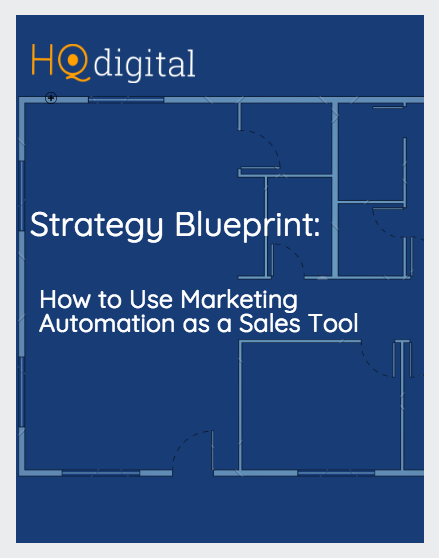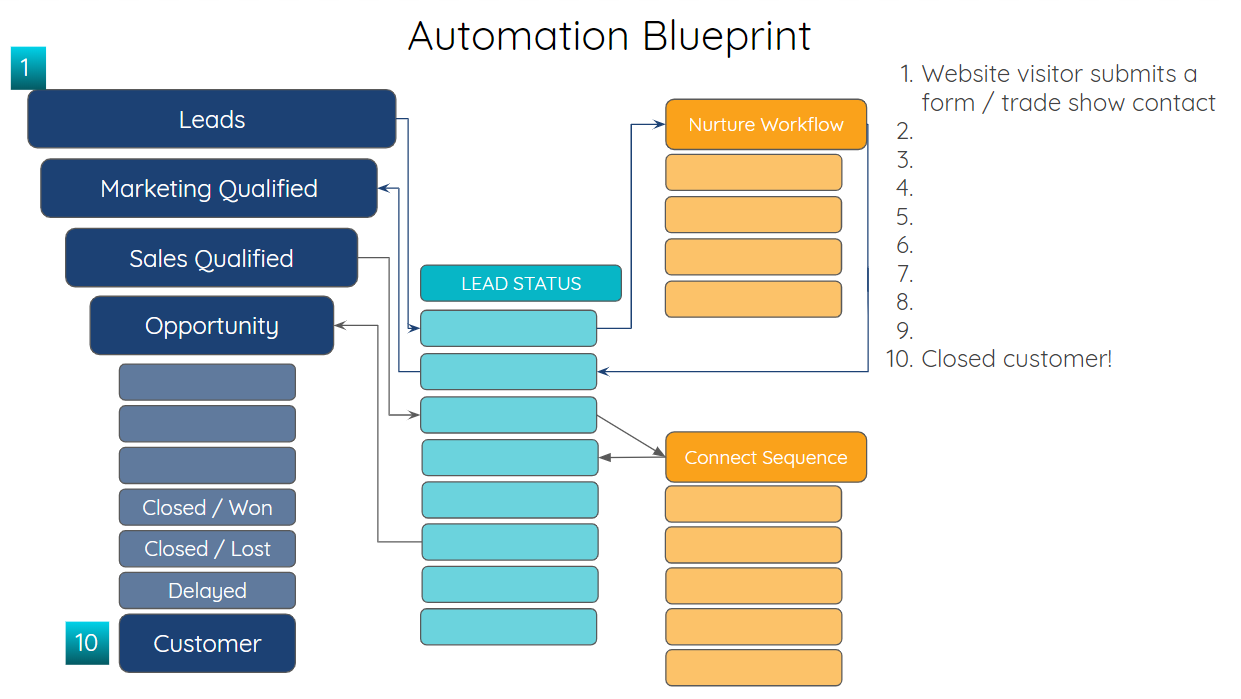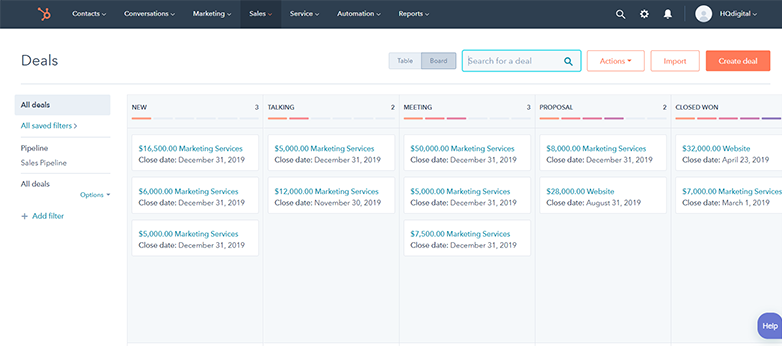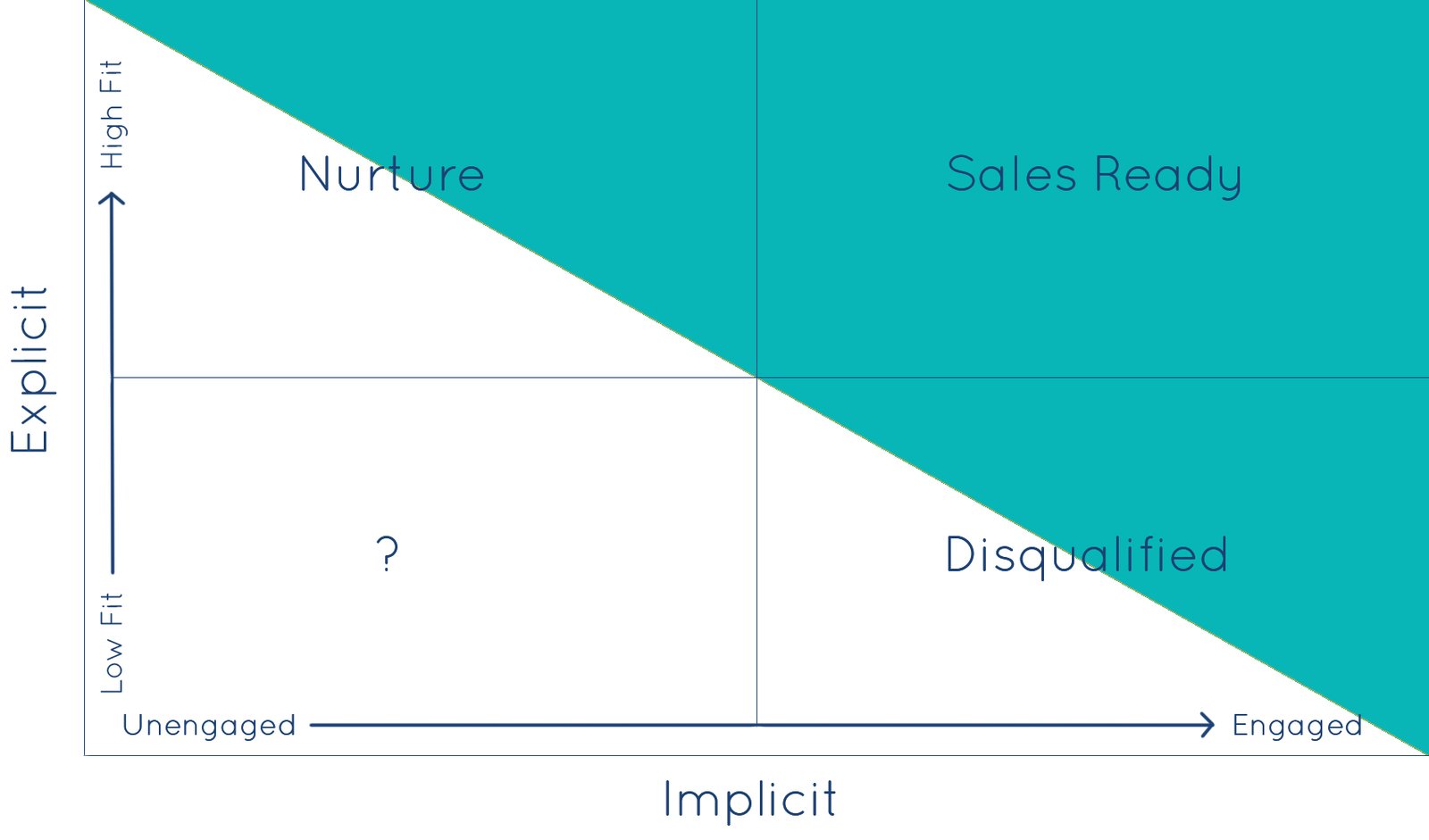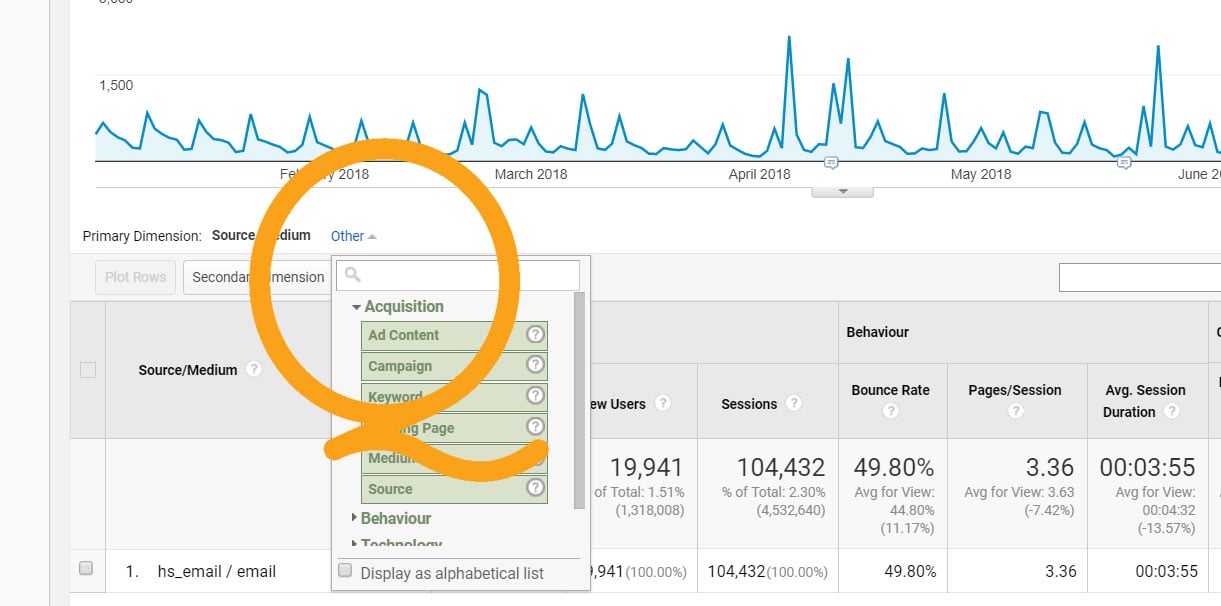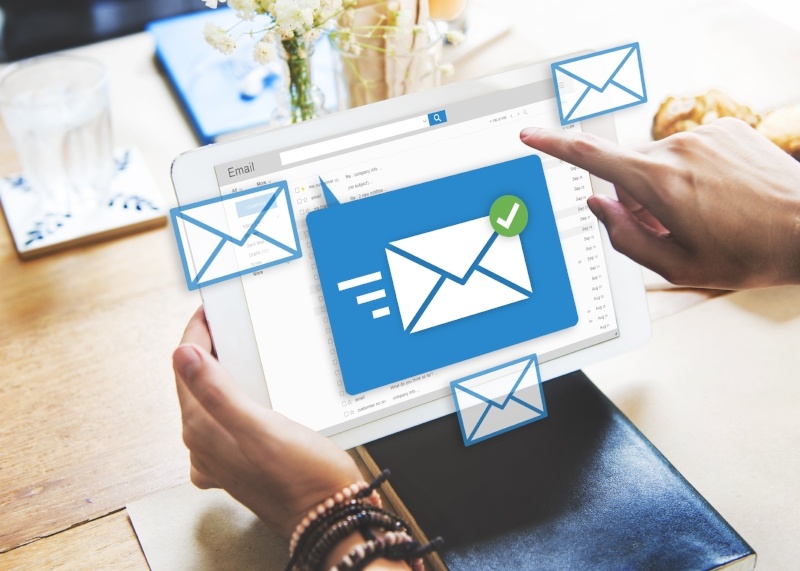
Automated email campaigns, also known as nurture campaigns, are a powerful way to accelerate revenue growth across your entire marketing and sales funnel.
Nurture campaigns are a wise investment because they can usually be built using assets you already have, and they require fairly low maintenance to maintain and optimize post-launch. These campaigns work hard for you in the background, freeing up your sales and marketing teams to work on higher-priority opportunities or more strategic initiatives.
A nurture campaign is made up of a series of automated email messages that are sent to a specific audience according to a pre-established schedule. You can design these automated email campaigns to generate growth in a variety of ways, for both sales and marketing teams. These campaigns are easily built with marketing automation software.
Explore six automated email campaigns that accelerate growth across the entire funnel, from warming up marketing-qualified leads to getting a second chance with deals you've lost.
1. Warm-Up Lead Nurture Campaign
A warm-up lead nurture campaign is designed to keep leads warm who are not ready to buy yet. When you design an extensive warm-up lead nurturing campaign, you can use it to close customers months or even years after their initial introduction to your business. This is the most common type of B2B automated email campaign.
The logic behind a warm-up lead nurture campaign is that by maintaining regular contact, keeping your business visible, and providing valuable information, you earn a lead's trust. When circumstances change and a lead does need to make a purchasing decision, your company is already top-of-mind for them, and you'll be the first resource they turn to for help.
The most important rule for your warm-up lead nurture emails is that they must not be salesy or pushy in any way. If you break this rule, you’ll destroy any trust you’ve built up with your potential buyers. These emails need to be 100% educational and always need to provide value. If an email doesn’t provide value to its recipient, it’s not worth sending.
Design your campaign by first defining who should be enrolled (trade show leads, form submissions, etc.). Then create a map of what their nurture journey will look like.
Ask yourself:
- What are the goals of this audience?
- What stage of the funnel are they in?
- What questions do they have at each stage?
- What content can you share with them to help them reach their goals at each stage?
Good content to include in a warm-up lead nurture email campaign includes blogs, videos, infographics, webinars, checklists, and how-to-guides. Make sure to include a mix of gated (requires form completion to access) and un-gated (no form submission required) content in your campaign.
Keep a close eye on your campaign performance metrics so that you can optimize for best results over time as data pours in. Benchmark and track important email metrics like open rates, click-through rates, and lead-to-customer conversion rates to evaluate how your campaign is performing.
Time your nurture emails to coincide with your average sales cycle for your target audience. By the end, you’ll have established a strong relationship with your buyer, which makes for more sales-ready leads.
2. Sales Enablement Nurture Campaign
You can use automated email campaigns to warm up sales leads who are active in your pipeline. An effective sales enablement nurture campaign works to shorten your sales cycle and improve close rates.
Enroll your sales opportunities into this campaign when they hit a designated deal stage in your pipeline. Automate delivery of sales enablement content to your active sales opportunities so your reps can work with warmer, more engaged leads who have developed knowledge about your brand. Content like case studies, data sheets, decision guides, or educational videos can be a great way for sales reps to move leads closer to closing once they’ve entered the sales process.
You can usually use some content assets that you already have, or you may discover gaps that necessitate creation of new sales enablement content to support this nurture. If your sales team is regularly encountering the same question again and again, create a useful piece of content that answers the question, and add it to your sales enablement nurture campaign.
Use marketing automation to send these emails from the name and email address of each lead’s individual sales rep. Include the rep’s headshot, calendar link, and social media links in the email signature. You can also use marketing automation software to automatically turn off the nurture campaign when a prospect responds so that the assigned rep can engage in conversation directly.
3. Reengagement Nurture Campaign
 Every organization has leads that have gone dark during the sales process for one reason or another. Use a reengagement nurture campaign to warm up inactive leads who have stalled in your pipeline, or disqualify them once and for all.
Every organization has leads that have gone dark during the sales process for one reason or another. Use a reengagement nurture campaign to warm up inactive leads who have stalled in your pipeline, or disqualify them once and for all.
Reengagement campaigns are aimed at these inactive sales leads with the goal of prompting them to give some indication that they are interested in re-engaging with your sales team. To build this campaign, create a series of about 6-10 plaintext emails that are sent from the name and email address of the sales rep that they were working with.
This audience tends to be relatively less engaged, so be sure to focus these emails entirely on being helpful, offering high-level content. Try sending a popular blog post, a new infographic, or a case study for these types of campaigns. Your goal here should be to provide genuine value for your reader and to establish your company as a trusted resource of information.
If readers complete the reengagement nurture without any response, disqualify the contact once and for all, and consider removing them from your contact database. This type of automated email campaign can be an effective way to cleanse your database, which results in higher sender scores and better email engagement metrics.
4. New Customer Onboarding Nurture Campaign
Use a new customer onboarding nurture campaign to engage and onboard new clients. The goal of this type of automated email campaign is to provide an extraordinary customer experience, set expectations for the engagement, and to turn customers into advocates for your brand.
Start off this nurture campaign with a “welcome to the family” email that comes from your CEO or President. This email should seek to set the tone for your engagement and should include some information and highlights about your services and differentiators that are pertinent to them. This serves to validate their decision to become a client. This email should also include contact information for the client’s assigned account manager or sales rep.
Design a nurture track that highlights key milestones or touch points throughout their engagement, and give your customers opportunities to learn more about the product or service that they bought. Include instructions, helpful hints, and ways to get support. If you offer complementary products or services, you can also use this campaign to introduce cross-sell and upsell opportunities. Finally, you can use this nurture campaign to request customer reviews at pivotal points in the engagement.
Make sure that you communicate the content and timing of this nurture to everyone who is working with the client, particularly their account rep. Keep an eye on key metrics so your team has a complete picture of the client’s engagement level with your company.
5. Customer Renewal Nurture Campaign
Improve your customer retention with a customer renewal nurture campaign, which uses automated emails to automatically remind your customers when they are due for a renewal or refill.
Use a customer renewal campaign to build rapport with your clients and warm them up in advance of a direct renewal conversation with their sales rep or account manager. Include internal reminders for your sales or account team that notify them well in advance when a client’s renewal date is approaching.
Don’t just remind your clients that it’s time to renew their contract. Back up by several months, and send them information progressively along the way that reinforces them why they want to renew. As you near closer to their renewal date, send reminders at set intervals. If you are going to be releasing any new features or complementary products or services that might be useful to your current customer, include this information as well. Also, remember to thank your client for their business!
6. Closed/Lost Nurture Campaign
Email nurturing campaigns can also be used to strategically communicate with deals that were lost, either to a competitor or because the prospect has decided not to purchase anything. This type of lead nurturing campaign works best when your marketing automation system is fully integrated with your CRM platform.
You can automate closed/lost nurture emails to keep you in front of lost opportunities and revive your chances of success down the road. For example, if you lose a deal to a competitor that sells 12-month contracts, you know exactly when their deal will be up for renewal. You can use lead nurturing emails to re-initiate contact months before their contract is up and get in front of them again.
Build these six strategic automated email campaigns and you'll be sure to start seeing revenue growth throughout your entire marketing and sales funnel.
Learn more about how to leverage marketing automation to improve sales performance by downloading our free guide.


